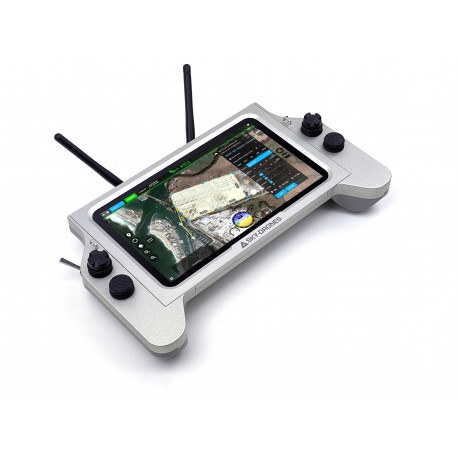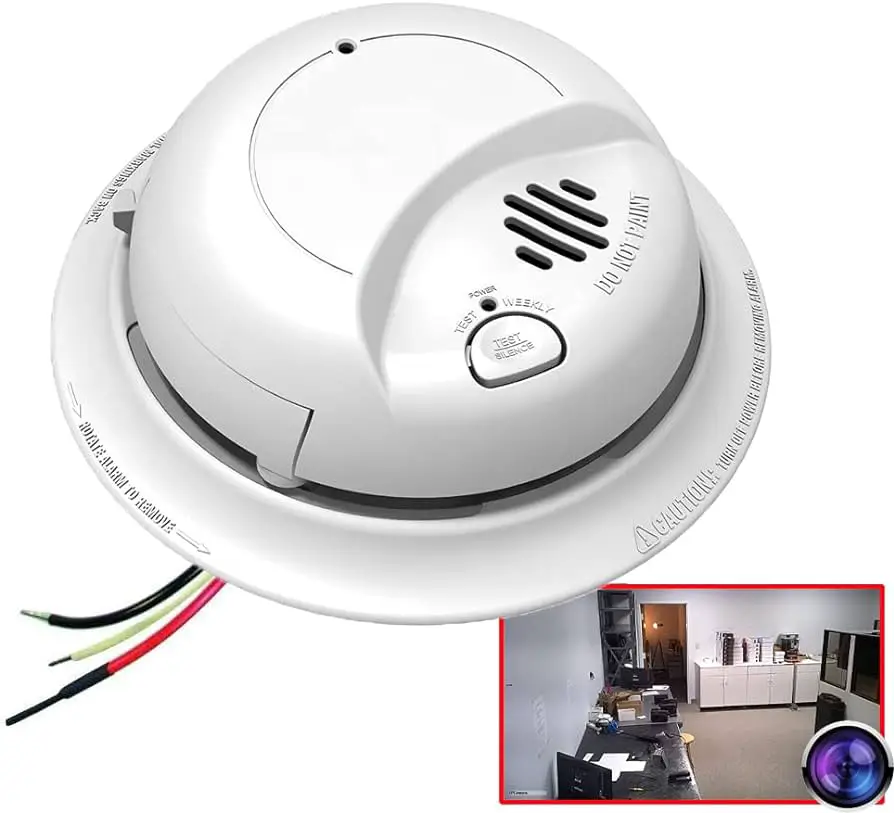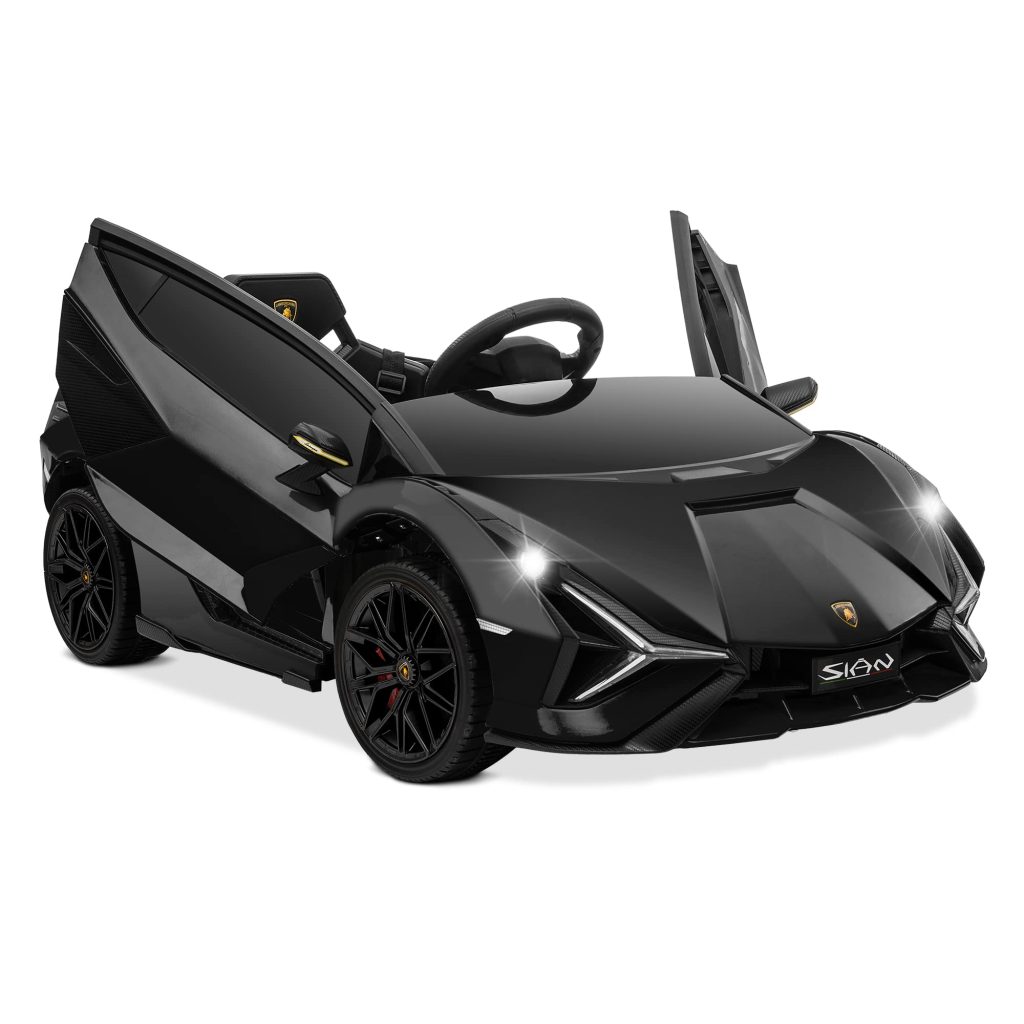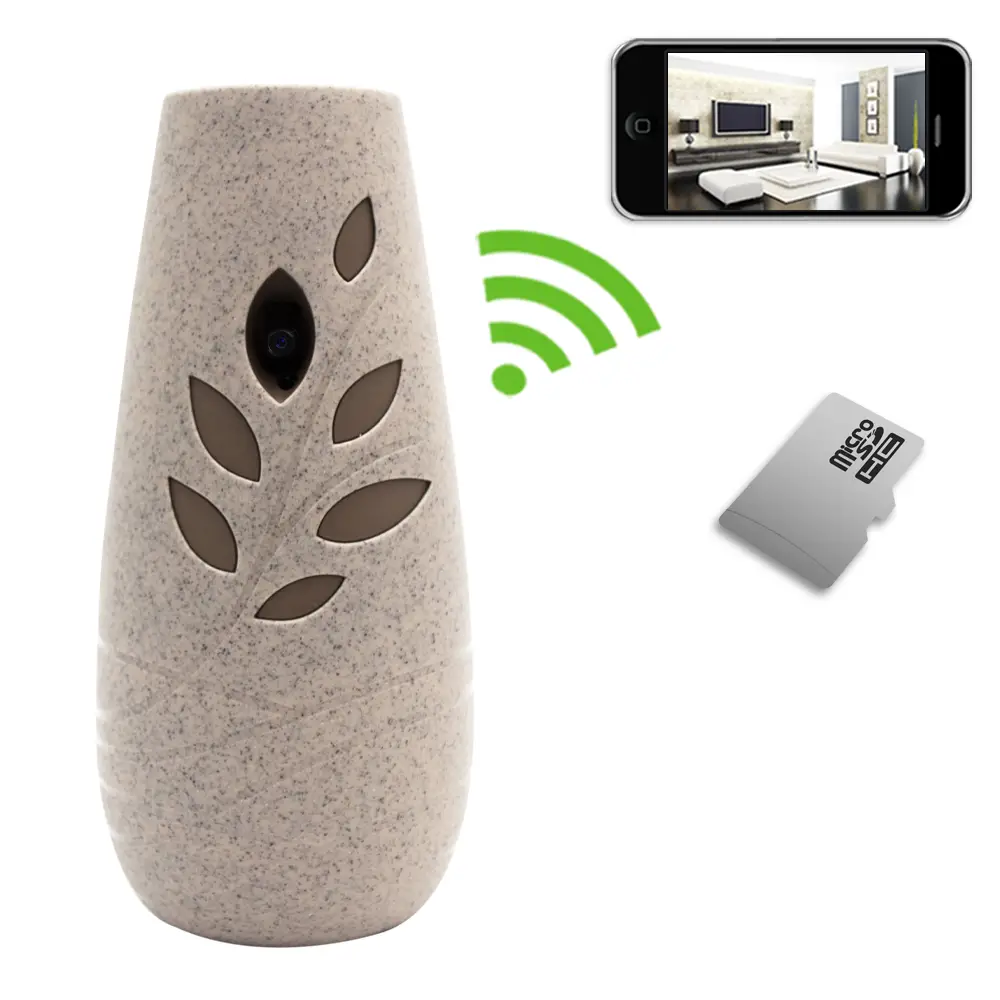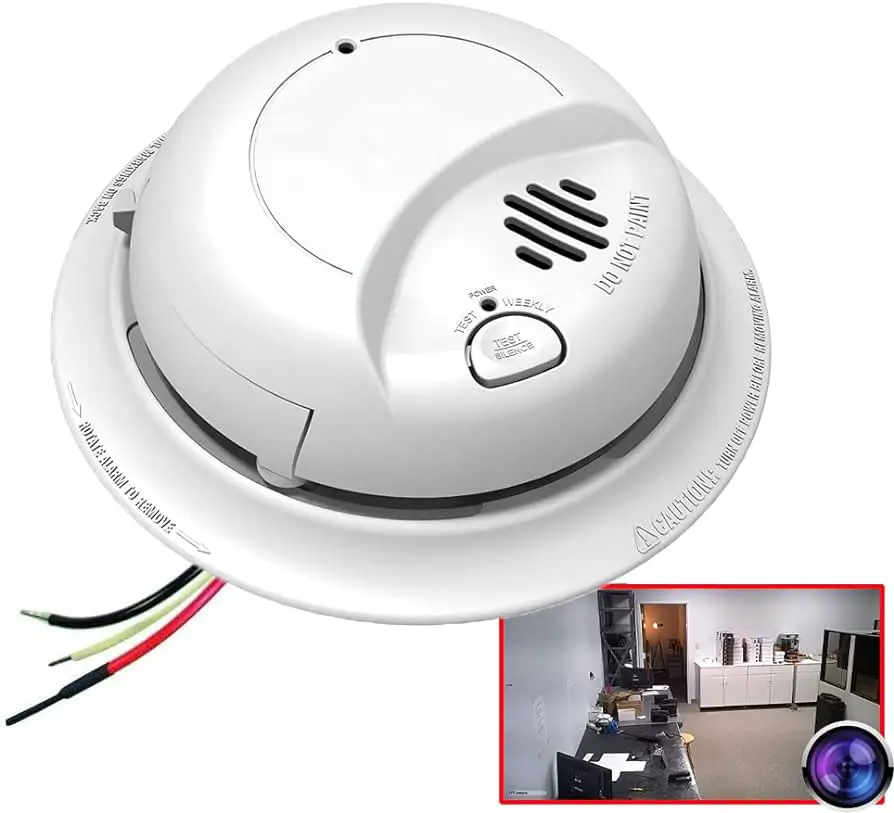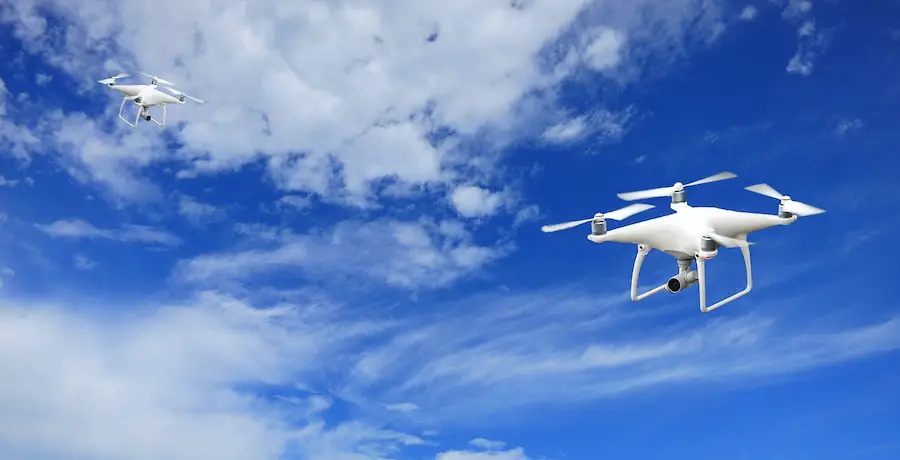A drone controller is the main tool for piloting a drone, facilitating seamless control over its flight and movements through a transmitter and receiver. This device serves as the essential interface between the pilot and the drone, enabling precise maneuvering and operation.
Drone controllers play a crucial role in ensuring effective communication and control between the pilot and the drone, making them a fundamental component in the operation of unmanned aerial vehicles. Whether used for recreational purposes, aerial photography, surveillance, or commercial applications, having a reliable drone controller is paramount for a successful and safe drone operation.
Mastering The Basics
Mastering the Basics of Drone Controller is essential for every drone pilot, whether you’re a beginner or an experienced flyer. Understanding the key components and how to choose the right controller is crucial for a seamless and enjoyable flying experience.
Choosing The Right Drone Controller
When it comes to choosing the right drone controller, it’s important to consider factors such as compatibility, range, and features. Look for a controller that is compatible with your drone model and offers a sufficient control range for your flying needs. Additionally, consider the features such as ergonomic design, customizable buttons, and intuitive interface for a better piloting experience.
Understanding The Transmitter And Receiver
The transmitter is the device held by the pilot to send control signals to the drone, while the receiver is installed on the drone to receive these signals. It’s essential to understand the functionality of both components to ensure a reliable and responsive connection between the controller and the drone. Familiarize yourself with the transmitter’s controls and the receiver’s capabilities to master the art of drone piloting.

Credit: www.dslrpros.com
Advanced Handling Techniques
Mastering advanced handling techniques is crucial for drone pilots looking to elevate their flying skills. By understanding precision flying tips and efficient speed control, pilots can maneuver their drones with enhanced control and finesse.
Precision Flying Tips
- Practice regularly in open spaces to refine your control.
- Use the drone’s camera feed for precise positioning.
- Calibrate your controller and drone before each flight.
- Employ smooth and gradual movements for precision.
Speed Control For Efficient Maneuvering
- Understand the different speed settings on your controller.
- Gradually increase speed for smoother transitions.
- Practice speed control in various flight scenarios.
- Master rapid acceleration and deceleration for agility.
Customization For Enhanced Performance
Enhancing your drone controller can significantly improve your flying experience. By customizing your controller, you can achieve better response times and smoother flights, ultimately maximizing the performance of your drone.
Controller Mods For Better Response
- Upgrade antennas for extended range
- Install ergonomic grips for comfort
- Adjust control sticks for precision
Software Tweaks For Smoother Flights
- Calibrate sensors for accuracy
- Update firmware for optimal performance
- Adjust flight settings for stability
Controller Maintenance
Proper maintenance of your drone controller is essential to ensure smooth and safe operation of your drone. Regular checks and troubleshooting common issues can help prevent malfunctions and extend the lifespan of your controller.
Routine Checks And Balancing
Performing routine checks on your drone controller is crucial for its optimal performance. Here are some key areas to focus on:
- Battery: Ensure the battery is fully charged and functioning properly. Replace old or damaged batteries promptly.
- Antennas: Inspect the antennas for any damage or wear and tear. Properly position and secure the antennas for optimal signal reception.
- Control Sticks: Check the control sticks for smooth movement and proper calibration. Clean any debris or dust that may affect their functionality.
- Connections: Verify all cable connections are secure and free from corrosion. Clean the connectors regularly to maintain good contact.
Troubleshooting Common Issues
Despite regular maintenance, drone controllers may encounter common issues. Here are some troubleshooting tips:
- Signal Interference: Check for nearby sources of interference such as Wi-Fi routers or other electronic devices. Relocate to an area with minimal interference.
- Calibration Errors: Re-calibrate the controller and ensure proper synchronization with the drone.
- Software Updates: Ensure your controller’s firmware is up to date to avoid compatibility issues with the drone.
- Physical Damage: Inspect the controller for any physical damage and address any issues promptly to prevent further deterioration.
Leveraging Apps And Tech
Drone technology has advanced at a rapid pace, offering enthusiasts and professionals alike a myriad of innovative features and capabilities. One significant development in the realm of drone control is the integration of smartphone apps and cutting-edge technology, revolutionizing the way drones are operated.
Using Your Phone As A Drone Controller
Modern drones often come equipped with the option to use a smartphone as a controller, providing a convenient and portable solution for enthusiasts. By leveraging the power of their smartphones, users can access a range of features and functionalities that enhance the overall drone piloting experience.
Exploring Universal Remote Control Apps
Universal remote control apps have emerged as a game-changer in the realm of drone operation. These apps offer seamless compatibility with various drone models, empowering users with the flexibility to control multiple drones using a single application. With intuitive interfaces and advanced functionalities, these apps have simplified the process of drone control, making it accessible to a broader audience.
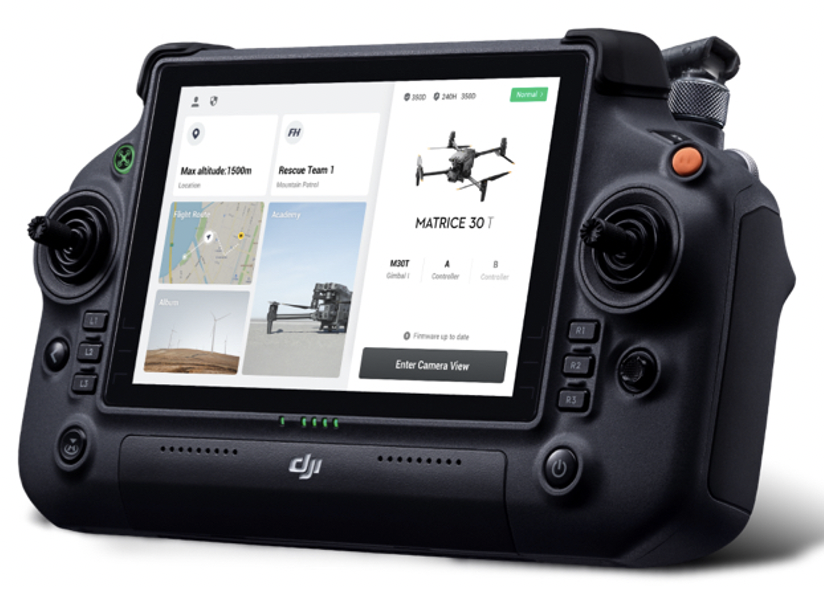
Credit: www.thedroningcompany.com
Training On Simulators
Drone piloting requires skill and precision, which can be honed through training on flight simulators. Simulators offer a safe and controlled environment for beginners to practice and for experienced pilots to refine their techniques. Let’s explore the benefits of using flight simulators and the top simulators for practice.
Benefits Of Using Flight Simulators
Flight simulators provide several advantages for drone pilots:
- Safe Training Environment: Simulators allow pilots to practice without the risk of damaging real drones.
- Cost-Effective Learning: Training on simulators reduces the expenses associated with real drone repairs and replacements.
- Realistic Scenarios: Simulators simulate real-world conditions, preparing pilots for various challenges.
- Continuous Practice: Pilots can train at any time, regardless of weather or time constraints.
Top Simulators For Practice
Several flight simulators are popular among drone enthusiasts:
| Simulator | Features |
|---|---|
| DRL Simulator | Realistic physics and various training modules |
| VelociDrone | Customizable tracks and multiplayer options |
| Liftoff | FPV (First Person View) racing simulation and drone customization |
| RealFlight Drone | Flight training with interchangeable drones and environments |
Understanding The Legal Landscape
When it comes to operating a drone, understanding the legal framework is essential. Whether you are a hobbyist or a professional drone pilot, being aware of the regulations, privacy concerns, and safety considerations is crucial for a responsible and lawful operation.
Regulations On Drone Flying
Regulations on drone flying vary from country to country and even within different regions. It’s important to stay informed about the specific rules and guidelines set by the aviation authorities in your area. This may include restrictions on flying in certain zones, altitude limits, and registration requirements for drones above a certain weight.
Privacy And Safety Considerations
Privacy and safety are paramount when it comes to drone operations. Pilots must respect the privacy of individuals and adhere to regulations governing the use of drones in public spaces. Additionally, safety protocols such as maintaining a safe distance from people, property, and other aircraft must be strictly followed to prevent accidents and ensure responsible flying.
Real-world Applications
Drone controllers are essential tools that enable precise maneuvering of drones, acting as a vital link between pilot and aircraft. They include a transmitter to send signals and a receiver to receive them, ensuring seamless control over flight and movements.
Explore the diverse range of drone controllers available for an enhanced flying experience.
Drone Photography And Videography
Drones have revolutionized photography and videography by providing stunning aerial shots and dynamic perspectives. They offer versatile angles and high-quality images.
Using Drones For Surveillance
Drones are increasingly utilized for surveillance purposes due to their ability to access hard-to-reach areas. They enhance security measures and provide real-time monitoring.

Credit: www.amazon.com
Conclusion
A drone controller serves as a crucial tool for any drone pilot, allowing them to control their drone with ease and precision. With a wide range of options available on the market, it’s important to choose a controller that suits your needs and budget.
By understanding how drone controllers work, you can make an informed decision and take your drone flying experience to new heights. So, whether you’re a beginner or an experienced pilot, a reliable drone controller is a must-have accessory for your drone.

